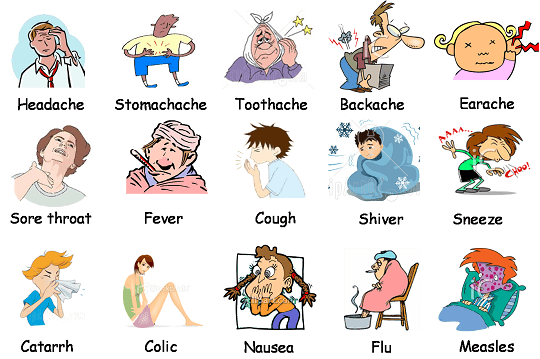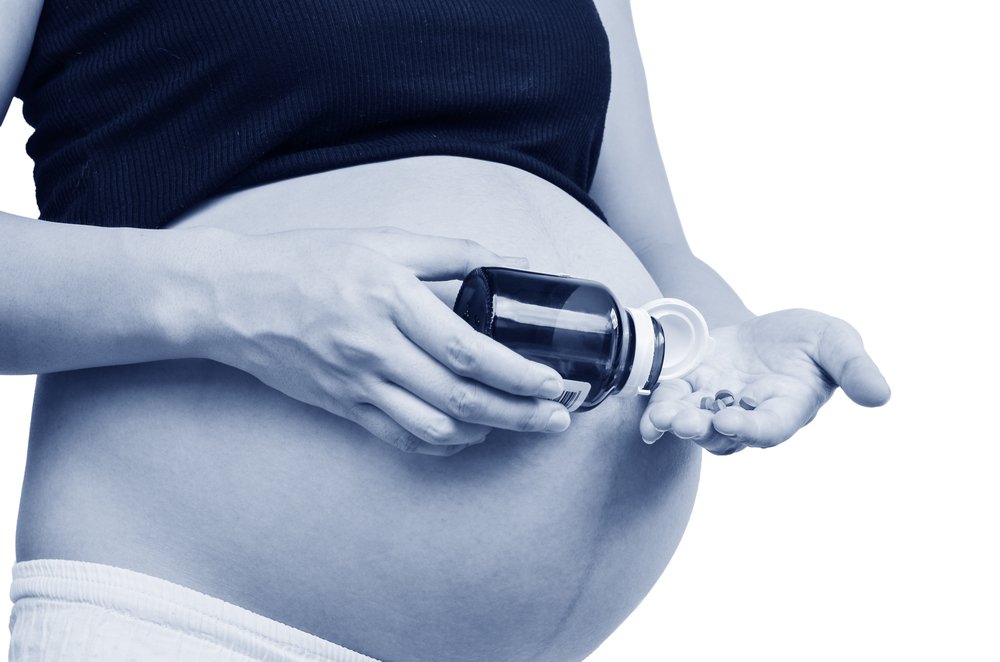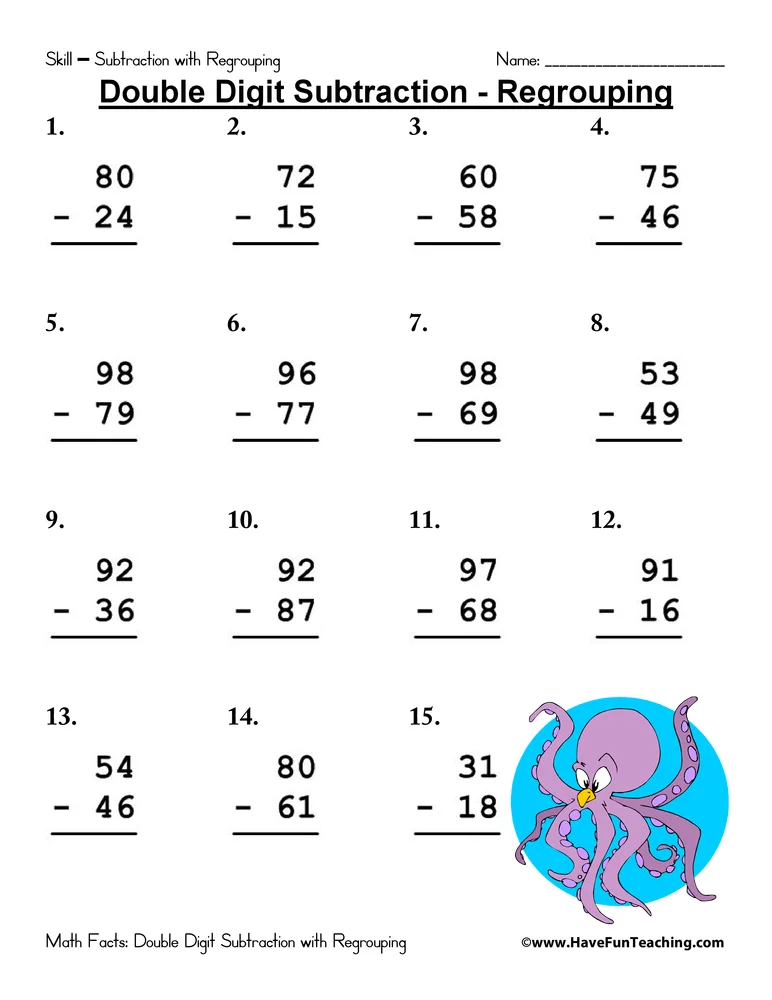Where do you feel quickening
How To Recognize Those First Few Fetal Movements
The excitement for your little one only grows after that first positive pregnancy test. But the butterflies in your belly aren’t just from your enthusiasm –– those are little dances, hiccups, and stretches by your growing baby, referred to as “quickening.”
What Is Quickening?
Quickening is the feeling of your growing baby wiggling around inside your uterus for the first time.
Usually, the feeling begins as a light fluttering. Mothers-to-be often describe it as having butterflies (the kind you get with a crush!) or, another common pregnancy symptom, gas.
How you experience quickening will be as unique as your growing baby. And although most women talk about their babies kicking their bellies, your uterine walls feel your baby’s movements before your abdominal muscles.
The sensations associated with quickening will intensify as your pregnancy progresses. What began as a light fluttering may turn into a full-blown wrestling match against your ribs as you near your due date.
But don’t worry –– it’s all part of the growing process!
Why Does Quickening Happen?
You may feel like your baby is restless inside your tummy, rolling and jumping and stretching all around –– and you would be right!
Quickening is your body’s direct response to your baby’s movements. As your little one grows, they’ll try out new muscles and move around in your womb. You’ll feel anything from light fluttering to sharp, sudden jerks.
You may also notice that your little one is the most active at certain times of the day. This is no coincidence. You and your baby are physically and emotionally connected –– what you feel, your baby feels.
This means when you eat, your baby may respond to things that are particularly yummy (think sugar or caffeine). They may also become more active in response to sounds and sights that excite you or bring you joy (really anything that spikes your adrenaline).
Most often, your baby will be active at night, much to your sleep schedule’s chagrin. As you settle down for the night, your baby will kick and squirm, trying to make themselves comfortable.
As you settle down for the night, your baby will kick and squirm, trying to make themselves comfortable.
Some women even wake from the quickening in the middle of the night, but this is completely normal!
This is because babies are more or less nocturnal during pregnancy. While you are running errands and walking around all day, your baby is snoozing. At night, as you settle down for some well-deserved rest, your baby is just waking up.
Simulating some of the same behaviors that put babies to sleep at night should help fend off an overly restless baby in the womb.
Take a little walk around the house. Have a snack. Talk to your baby to soothe them. Eventually, they should adjust to your schedule in the late stages of pregnancy.
When Does Quickening Begin?
Your baby will actually begin moving as early as eight weeks into your pregnancy. But you won’t feel it yet! In fact, for the first trimester, you likely won’t know when your little one is rolling around.
Most women begin noticing quickening during the middle of their pregnancy, between 13 and 16 weeks from their last missed period. First-time mothers, on the other hand, may experience the sensation of quickening a little later, between 18 and 20 weeks.
This is because new moms aren’t sure what to look for, so some early movements may fly beneath their radar. Mothers who have given birth before tend to have more relaxed uterine muscles, which makes them more perceptive to their baby’s movements.
But even so, it’s not abnormal for experienced mothers to also feel quickening a little later in their pregnancy. The huge variations in pregnant women’s experiences have to do with:
- How active your baby is (and each one is unique!)
- How active you are during your pregnancy (keep in mind that seasons can influence activity –– who is going for brisk walks during January blizzards?)
- Where your placenta lays (farther forward in the uterus means it might be a little harder to feel your baby)
Unlike most people may think, weight isn’t shown to matter. Since your uterine muscles are the first to feel your baby’s movements –– not your abdominal muscles –– your weight shouldn’t affect your ability to feel your baby move.
Since your uterine muscles are the first to feel your baby’s movements –– not your abdominal muscles –– your weight shouldn’t affect your ability to feel your baby move.
All of that to say: don’t panic if you don’t get those butterflies as early as 16 weeks!
All pregnancies are different, and your experiences may vary. But do check with your doctor if you feel concerned about your or your baby’s development.
How Should You Monitor Your Baby’s Kicks?
As soon as you begin noticing signs of your baby’s quickening, it’s time to start taking note of the patterns that your baby’s movements follow. Tracking their movements should start at 25 weeks and continue until near the end of the third trimester.
Is your baby super active at night or in the morning? Do they seem more responsive to music or certain sounds around the house? Do they respond when you read or sing to them?
These are all important things to pay attention to and can be helpful when you go in for check-ups with your physician.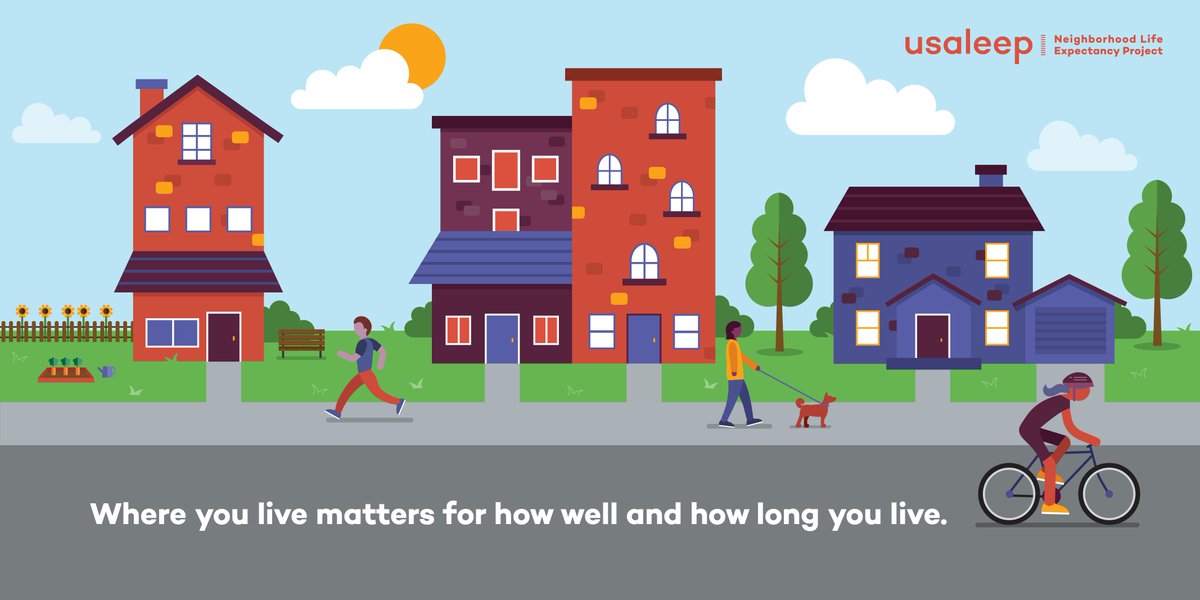
But how exactly do you know if your little one is moving enough? To check for the frequency of your baby’s movements, keep an eye on the clock. Jot down each time you feel your baby move as the clock ticks onward.
Once you hit 10 movements, check the clock again. How much time has passed? According to The American Pregnancy Association, 10 kicks in two hours is the normal range.
As you approach the end of your pregnancy, you may notice more intense and frequent kicks from your little one. That’s completely normal! Sit back, relax, and prepare for lift-off.
What If You Don’t Feel Your Baby Moving?
Keeping close track of your baby’s movements will give you the best idea of whether or not there’s cause for concern. Any time you feel uncertain or uncomfortable, Mustela always recommends following up with your baby’s doctor.
No one knows your body or your baby better than you. If you feel that your little one’s activities are abnormal compared to how they usually behave, you should definitely reach out to a medical professional for additional guidance.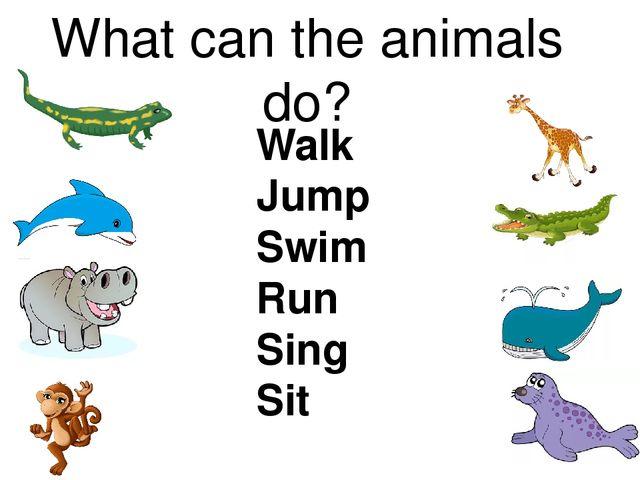
After all, quickening should be an exciting reminder of your baby’s continuous growth. You never want it to become a source of anxiety.
Keeping up with the patterns of your baby’s quickening behaviors from early on will help you identify what’s normal and when you should reach out to your doctor.
What To Remember About Quickening
Quickening is a unique and exciting experience for pregnant women, no matter if it's your first, second, or third pregnancy.
Remember, quickening can mean different feelings for different women –– even different pregnancies. These include:
- Butterflies
- Hunger pains
- Nausea
- Trapped gas
What is most important is to listen to your body and learn your baby’s quickening patterns. As the months stretch on and your baby grows larger and larger, pay attention to the things that make their movements more frequent and what those things might mean.
Is your little one hungry? Happy? Sleepy? Did you have a little too much sugar? Are you feeling anxious?
Tracking your baby’s movements —both their frequency and the time when they tend to happen — will help you keep your and your little one’s health in check as you wait for the special day!
And if you ever feel concerned about a lack of movement from your baby, don’t panic. Always be sure to double-check with your doctor. They have your and your baby’s best interests at heart (and be sure to bring those notes; this is where they come in handy!)
Always be sure to double-check with your doctor. They have your and your baby’s best interests at heart (and be sure to bring those notes; this is where they come in handy!)
Expert tip: As your little one grows, so will your belly! Be sure to stock up on natural, soothing skincare essentials, like Mustela’s Maternity Collection.
With these mommy- and baby-safe products, you can address any skin concerns you might have while keeping your skin moisturized, healthy, and comfortable until the big day!
So sit back and enjoy those little moments between just you and your baby (even if their elbow is in your side!). Know that all those stretches and kicks mean they are growing into a happy, healthy little ball of joy –– one that will be in your arms before you know it!
Quickening and Fetal Movement: Learn About Those First Kicks
Feeling your baby move for the first time could be one of the most special moments of your pregnancy journey.
If this is your first pregnancy, you might be wondering when you’ll start to experience those first baby flutters called quickening; when you’ll start to feel more pronounced fetal movement like kicks; and whether you need to track your baby’s movements. Read on to find out all this and more.
Read on to find out all this and more.
What Is Quickening During Pregnancy?
Sometime around your fifth month of pregnancy you may start to feel your baby’s movement for the first time — this is what’s called quickening. Moms who have been pregnant before might experience quickening a little earlier, perhaps as early as 16 weeks.
Be patient if you haven’t felt anything yet. Every pregnancy is unique and you may just have to wait a little longer. For example, first-time moms might experience quickening a little later, perhaps at around 18 weeks, or even several weeks later.
Although your baby has been moving for some time now, around the fifth month is when your baby’s muscles begin to develop and your little one will start exercising them, which is why you’re more likely to feel your baby move as you near the middle of your pregnancy.
As the weeks go by, you will start to feel your baby’s movement in much more pronounced ways. We'll provide more detail below on how fetal movement progresses throughout your pregnancy.
We'll provide more detail below on how fetal movement progresses throughout your pregnancy.
To read more about your baby’s week-to-week development, check out our Pregnancy Calendar.
What Does Quickening Feel Like?
Quickening can feel like butterflies fluttering in your stomach, or even like a growling tummy.
If you’ve been pregnant before, you might be familiar with the fluttery feeling and so you might be aware of quickening a little earlier, perhaps closer to 16 weeks of pregnancy.
If this is your first pregnancy, you may not know what sensations to look out for, and you might not realize that you’re experiencing quickening until a little later — perhaps not until around 18 weeks or even several weeks later. This is just one example of how a second pregnancy can feel different from your first.
When Do You Feel Fetal Movement?
Toward the end of your second trimester you might start to feel your baby being much more active. It’s no longer the fluttery feeling of quickening; instead, you might feel every jab, punch, kick, and even hiccup in a much more energetic way.
It’s no longer the fluttery feeling of quickening; instead, you might feel every jab, punch, kick, and even hiccup in a much more energetic way.
When those initial baby flutters turn to kicks, it’ll be a bonding moment that you might like to share with your partner and family members. You can invite them to place their hand on your tummy so they can feel your little one move, too.
Toward the end of your pregnancy, your baby’s movements may start to feel different once more. This time, it’s because there is less room in your uterus. So, although your baby is moving the same amount as before, it might feel different to you now.
Fetal Movement Counts
At some point in your pregnancy your healthcare provider may ask you to start counting your baby’s movements, perhaps by tracking how long it takes to feel 10 kicks, for example.
Feeling your baby’s movement on a regular day-to-day basis can be a reassuring sign that everything is fine. Kick counting may be recommended if you haven’t been feeling regular movement.
Kick counting may be recommended if you haven’t been feeling regular movement.
How to Count Fetal Movement
Your healthcare provider will tell you how she would like you to count kicks and when to start tracking your baby’s fetal movement. Here are two possible ways to count kicks:
Lie on your side and count how long it takes for your baby to make 10 movements. If it takes your baby under two hours, it’s a reassuring sign that everything is OK. If it takes longer than two hours for your baby to make 10 moves, tell your healthcare provider.
Count how many movements your baby makes in one hour. You can do this about three times per week. If the result is similar over the span of three days, or sometimes higher than the previous count, it’s a reassuring sign that everything is OK.
A good time to do kick counts is when your baby is most likely to be active, such as after you’ve eaten.
You may discover that your baby isn’t equally active from one day to the next. It doesn’t necessarily mean something is wrong — your baby could be sleeping or resting. However, if you’re ever unsure or worried, check with your provider.
It doesn’t necessarily mean something is wrong — your baby could be sleeping or resting. However, if you’re ever unsure or worried, check with your provider.
Now you know how to recognize the signs of quickening, all you have to do is wait patiently for it to happen — if it hasn’t already, that is! Feeling movement is a reassuring reminder that your little one is growing and getting stronger every day. If you’re ever unsure about what you are or aren’t feeling, turn to your provider for advice.
Once your baby’s moves become stronger, you might also enjoy having your partner or loved ones place a hand on your belly to feel those little kicks and jabs. Sharing this experience will make the impending arrival of your baby seem all the more real.
People without memory - News - IQ Research and Education Portal - National Research University Higher School of Economics
The pace of modern life continues to grow. Today you need to be able to do everything quickly: eat, study, move around. Under the influence of universal acceleration, a division of society is planned, into those who have time and those who do not. What this leads to is a new article by Alexander Hoffman, professor of the Faculty of Social Sciences at the Higher School of Economics.
Under the influence of universal acceleration, a division of society is planned, into those who have time and those who do not. What this leads to is a new article by Alexander Hoffman, professor of the Faculty of Social Sciences at the Higher School of Economics.
The acceleration of the world is a phenomenon that is widely discussed and studied in sociology. It has a lot to do with globalization. New technologies, knowledge, a vast amount of information require a person to constantly be aware of everything that is happening around. What is relevant now ceases to be so the very next day. Such processes provoke the instability of society. The accelerated world constantly needs "new". This leads to the fact that the “new” actually does not have time to take root, it is lost in time, because something else soon appears in its place.
Today it is necessary to do everything quickly: eat (hence the popularity of fast food), study, read (speed reading courses help to master this skill), think, feel, perform works of art and even religious rituals, the author notes.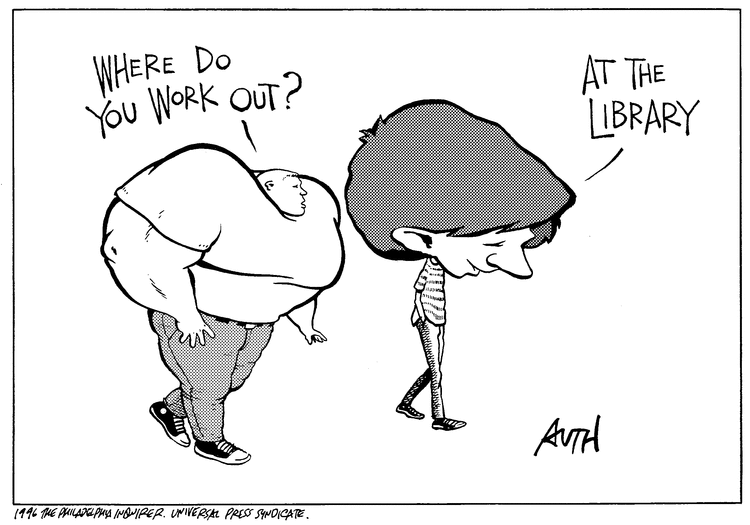 Everything moves quickly and swiftly in time and space: human bodies, animals, plants, ideas, feelings, things, texts, knowledge, beliefs, technologies, vehicles, finances, images, etc.
Everything moves quickly and swiftly in time and space: human bodies, animals, plants, ideas, feelings, things, texts, knowledge, beliefs, technologies, vehicles, finances, images, etc.
“… In the USA, the power of speed and the present affects even religious rituals. One church in New Jersey offered, for example, an express worship service: a quick worship, a brief absolution, a quick declaration of faith, a mini-prayer, a short chant, a short selection of scripture passages, and a two-minute sermon. The pastor of this temple advertises his services as follows: "Give us 22 minutes and we will show you the Kingdom of God" .... "
The ubiquitous acceleration contributes to the fact that speed acts as one of the factors in the stratification of society, notes Alexander Hoffman. Some people succeed, others don't. And for those who are able to adapt, move quickly, all roads are open, and those who hesitate are automatically ranked as outsiders.
“…In the world of high speeds, there is no place for a person who does not move at high speed.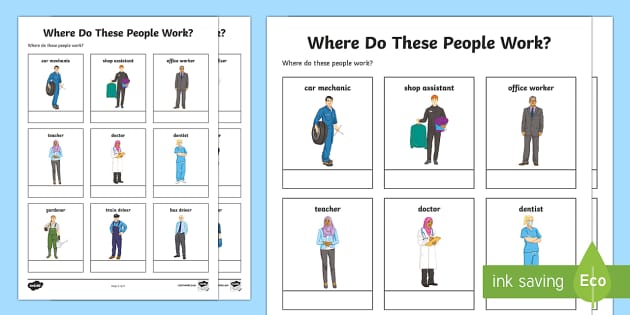 The one who does not move quickly, who is “not in trend”, does not get on time “into the stream”, is considered a klutz and a loser who finds himself on the sidelines of life, unable to benefit himself, or his loved ones, or society. Faster means better! - this postulate looks like the truth either already proven or not requiring proof. The principle of natural selection proclaimed by the radical adherents of social Darwinism - "survival of the fittest" - has now become the principle of "survival of the fastest" ... ".
The one who does not move quickly, who is “not in trend”, does not get on time “into the stream”, is considered a klutz and a loser who finds himself on the sidelines of life, unable to benefit himself, or his loved ones, or society. Faster means better! - this postulate looks like the truth either already proven or not requiring proof. The principle of natural selection proclaimed by the radical adherents of social Darwinism - "survival of the fittest" - has now become the principle of "survival of the fastest" ... ".
At the same time, the cult of speed is inherent in both slow and fast people today. However, not only those who are behind, but also those who are in time suffer from the inability to fit into it. “Often they experience fatigue, they literally suffocate from the high pace of life, there is still not enough time, and even for what they themselves consider to be the main thing,” the author notes.
"nowism" - the cult of the present
Another important consequence of the acceleration is the cult of the present.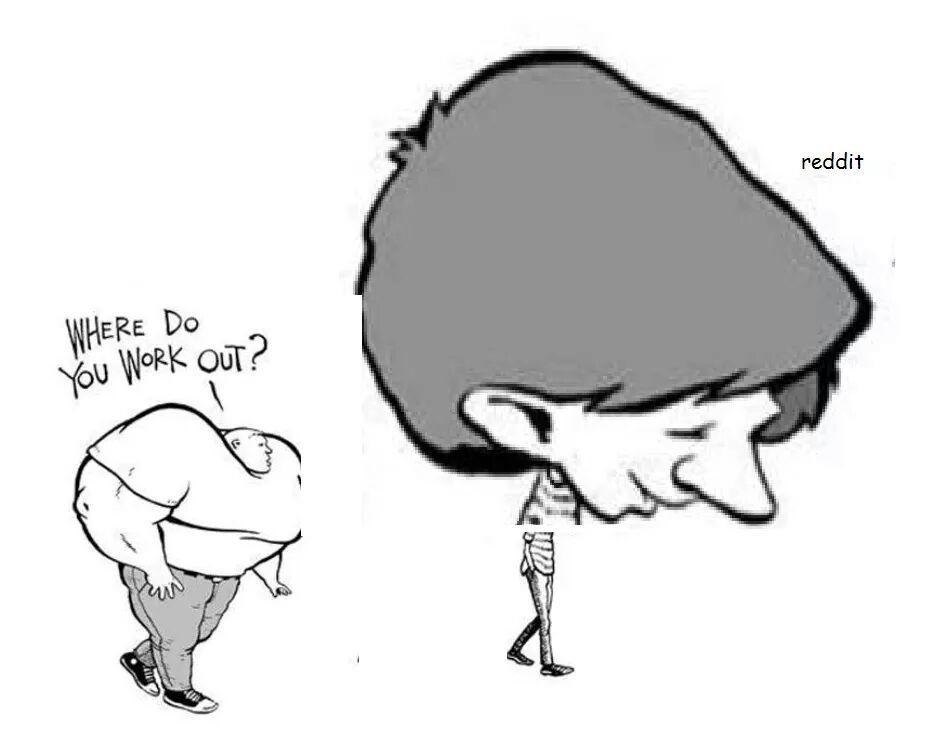 The past and the future are replaced exclusively by the present, there is no place for reflection. Every day for a person appears as a new one, as if he had just been born, and the world around him seems to have just been created. Hence the superficiality of knowledge. The fact that each next moment destroys the previous ones is fraught with an inability to understand the depth of connections and events, the scientist writes. Excessively rapid social changes do not affect the foundations of society: as a result, in a certain sense they do not occur at all. Development turns into a series of unrelated, disparate episodes.
The past and the future are replaced exclusively by the present, there is no place for reflection. Every day for a person appears as a new one, as if he had just been born, and the world around him seems to have just been created. Hence the superficiality of knowledge. The fact that each next moment destroys the previous ones is fraught with an inability to understand the depth of connections and events, the scientist writes. Excessively rapid social changes do not affect the foundations of society: as a result, in a certain sense they do not occur at all. Development turns into a series of unrelated, disparate episodes.
“… The unlimited power of the present means, among other things, the fact that we simply have fewer memories as such. People simply have no time to deal with memories, as well as dreams and plans for the future. Both those and others, and still others, are supplanted by direct perceptions of the present time, or, if you like, by a kind of recollection of the present.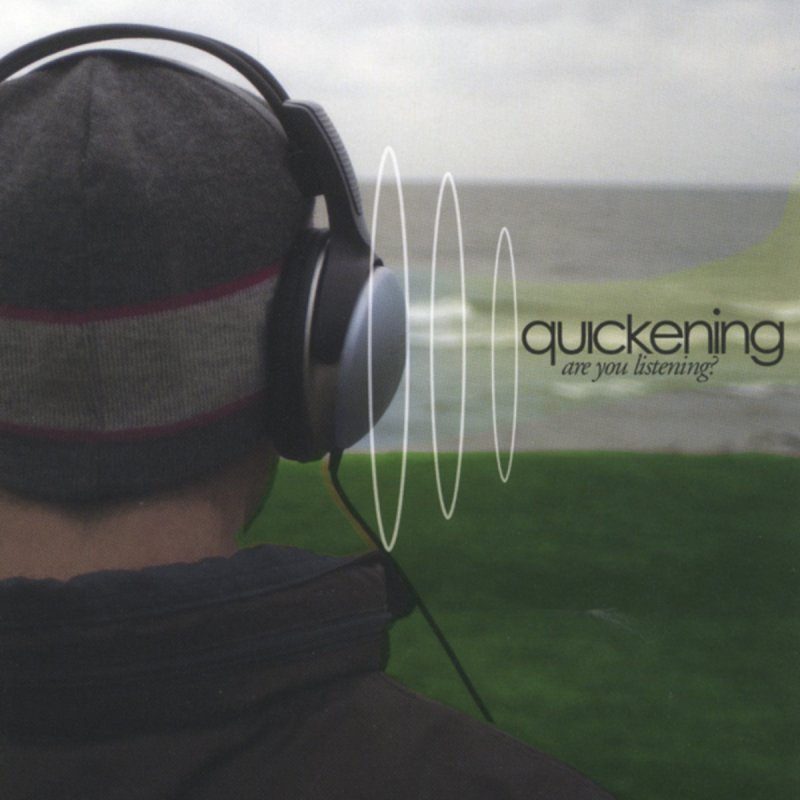 In this case, the time continuum is interrupted, in which the present is located between the past and the future. All this means that uncontrolled acceleration contributes to the spread of social amnesia…”
In this case, the time continuum is interrupted, in which the present is located between the past and the future. All this means that uncontrolled acceleration contributes to the spread of social amnesia…”
Struggle for slowness
Obviously, the acceleration of society has negative consequences in many respects. The question is what to do with it. After all, speed is associated with progress. The author believes that the best solution to the problem is the choice of the optimal temporality. It is not just about slowing down the pace, but about putting it under control, accelerating or slowing down on the basis of certain values, necessity and common sense, notes Alexander Hoffman. To achieve this, it is required, first of all, to get rid of the cult of speed.
Social recognition of the acceleration problem was recorded by analysts as early as the 1980s-1990s. By the beginning of the XXI century. this topic has taken an important place in the most diverse social and ideological currents.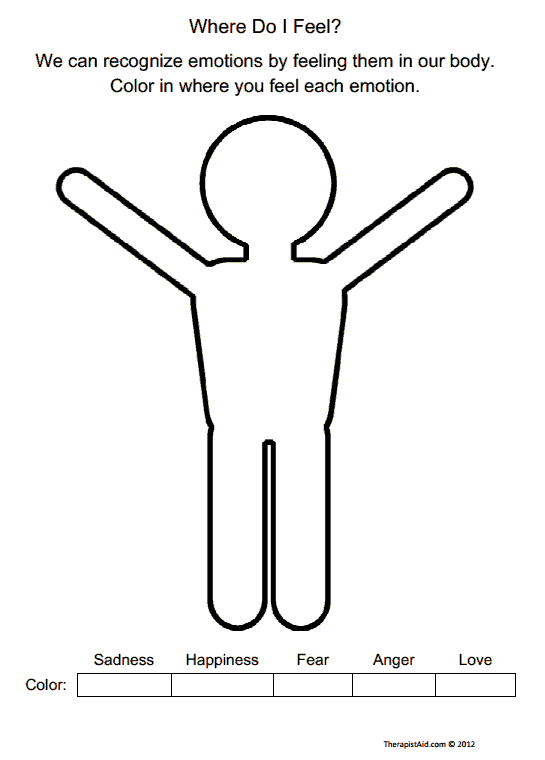 Moreover, a movement has emerged that is entirely focused on solving the problem of slowing down and changing the politics of time. This is the so-called "Slow Movement" ("Slow Movement"). It began with the food sector: in contrast to "fast food", the "Slow food" culture was created, the emblem of which was the image of a snail. This culture has gained great influence on an international scale.
Moreover, a movement has emerged that is entirely focused on solving the problem of slowing down and changing the politics of time. This is the so-called "Slow Movement" ("Slow Movement"). It began with the food sector: in contrast to "fast food", the "Slow food" culture was created, the emblem of which was the image of a snail. This culture has gained great influence on an international scale.
The founder of The World Institute of Slowness, the Norwegian organizational psychologist Geir Berthelsen, is also referred to as the founder of Slow Movement. The list of organizations representing supporters of speed control in one way or another includes the American Long Now Foundation, the European Society for the Deceleration of Time, the International Institute for Not Doing Too Much ” (“International Institute of Not Doing Much”) and the Japanese “Sloth Club” (“Sloth Club”).
Russian speeds
The problem of slowdown is also relevant for Russian society. But, as Alexander Hoffman notes, only for some of his spheres, groups and spatial regions. “For others, the opposite problems of slow speed, stagnation or reversal still exist. Of course, the politics of time for them, on the contrary, should consist in acceleration,” the author believes. He refers to such phenomena familiar to Russians as “long-term construction” and the “storming” that complements it, the traditionally slow and inefficient bureaucratic apparatus, and so on.
“For others, the opposite problems of slow speed, stagnation or reversal still exist. Of course, the politics of time for them, on the contrary, should consist in acceleration,” the author believes. He refers to such phenomena familiar to Russians as “long-term construction” and the “storming” that complements it, the traditionally slow and inefficient bureaucratic apparatus, and so on.
Where the slowdown really matters is in megacities. The desire to accelerate in them, in particular due to motorization, often paradoxically leads to the opposite effect, traffic jams and prolonged standing still, the author notes.
With regard to the speed of eating in Russia, opposite trends are observed. On the one hand, the popularity of fast foods continues to grow. On the other hand, the popularity of slow food is also growing, which is increasingly associated with food that is "correct", healthy, traditional, wholesome, prepared from organic products, tasty and "honest".
“. .. According to some online publications, there are currently 21 conviviums (from the Latin “convivium” - “table society”), i.e. the local branch of the Slow Food movement, and almost 60 food communities adjacent to it, from Kaliningrad to Kamchatka and from Murmansk to Elbrus. They open new slow food restaurants, organize special festivals and seminars, interact with chefs and winemakers, influence school meals, promote the gastronomic traditions of different nations and a rational approach to nutrition…”
.. According to some online publications, there are currently 21 conviviums (from the Latin “convivium” - “table society”), i.e. the local branch of the Slow Food movement, and almost 60 food communities adjacent to it, from Kaliningrad to Kamchatka and from Murmansk to Elbrus. They open new slow food restaurants, organize special festivals and seminars, interact with chefs and winemakers, influence school meals, promote the gastronomic traditions of different nations and a rational approach to nutrition…”
But besides nutrition, “Slow Movement” in Russia affects a number of other areas of social and cultural life, the article says. This also applies to the growing popularity of such global trends as the rejection of irrational consumerism, downshifting, the environmental movement, the growing popularity of cycling, etc.
One of the main lessons of Slow Motion is the need to manage time wisely. But a number of the most important ideas and values of this kind can also be gleaned from the Russian cultural heritage, for example, in the works of K.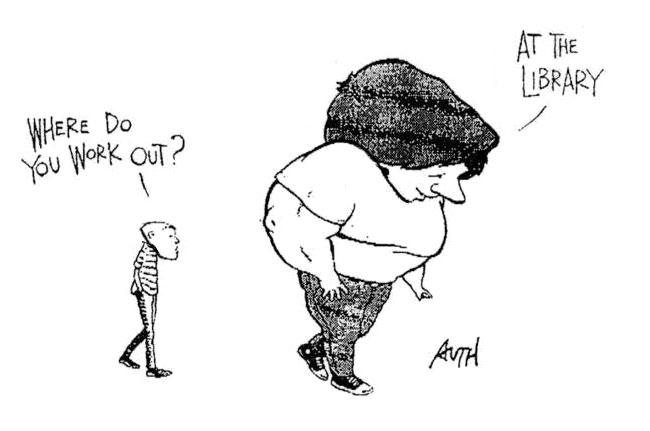 E. Tsiolkovsky, A.L. Chizhevsky, L.N. Tolstoy, says Alexander Hoffman. In general, in his opinion, the task of the politics and strategy of the time should be to fill human existence with worthy contents, choosing the appropriate pace for this. IQ
E. Tsiolkovsky, A.L. Chizhevsky, L.N. Tolstoy, says Alexander Hoffman. In general, in his opinion, the task of the politics and strategy of the time should be to fill human existence with worthy contents, choosing the appropriate pace for this. IQ
Research author:
Alexander Gofman, Professor, Faculty of Social Sciences, National Research University Higher School of Economics
Text authors: Selina Marina Vladimirovna, Shesterkin Maxim Mikhailovich, November 28, 2017
All contributions by the authors: Selina Marina Vladimirovna, Shesterkin Maxim Mikhailovich
Sociology cities lifestyle
And yet it spins: why we do not notice the rotation of the Earth
July 22Education
Such questions often come to mind at one in the morning when you are trying to sleep.
Share
0 As you know, our planet is spherical — sorry, flat earthers, but it is. And it rotates around its axis like a top, thanks to which our days change into nights.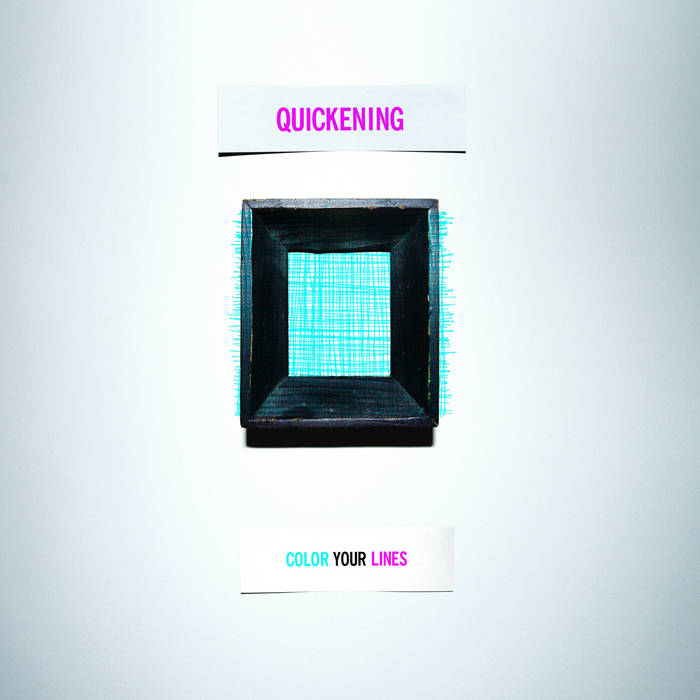 She does this at an equatorial speed of 1,674 km/h.
She does this at an equatorial speed of 1,674 km/h.
That's 465 meters per second - an impressive figure. Some may wonder: why do we not notice the rotation of the planet? People manage to pass out while riding a carousel in an amusement park, and it moves much slower than the Earth.
Maybe the scientists again hide the truth and in reality our planet is motionless?
It's actually quite easy to answer the question "why don't we notice the rotation of the Earth" if we draw a simple analogy. Imagine that you are flying in an airplane.
From the outside you can see that the aircraft is rushing forward, and it can be very fast. But once inside, you won't notice movement and will be able to walk around the cabin, sit and lie down as if the plane is completely stationary. The fact is that you are moving at the same speed as the transport, and relative to its “reference system”, as physicists say, you are completely at rest.
We cannot feel speed, but we can feel acceleration. You will notice the movement of the aircraft only when it accelerates or, conversely, decelerates. That is why during takeoff and landing, passengers are asked to sit down and buckle up, otherwise they all fall on the floor.
Photo of the starry sky from the Earth during many hours of exposure - an illustration of the rotation of the Earth around its axis. Image: Anton Yankovyi / Wikimedia CommonsIf the planet were to stop, we would feel it - and would not be able to survive such a catastrophe. But the Earth is not going to accelerate or slow down, so we do not notice its rotation. The atmosphere, all the objects on the surface and ourselves, everything spins along with the planet at the same speed of 465 meters per second. And relative to the Earth itself, it remains motionless.
Newton's second law states: force = mass × acceleration. Your body is that mass. The acceleration in the case of the Earth is zero.



